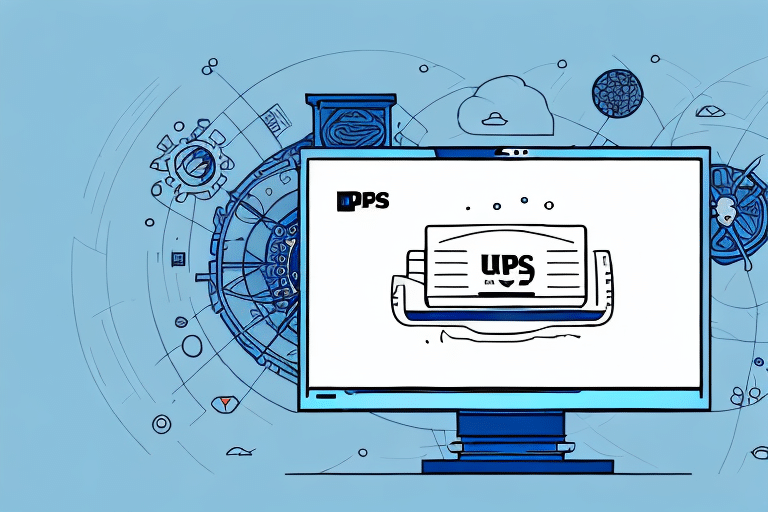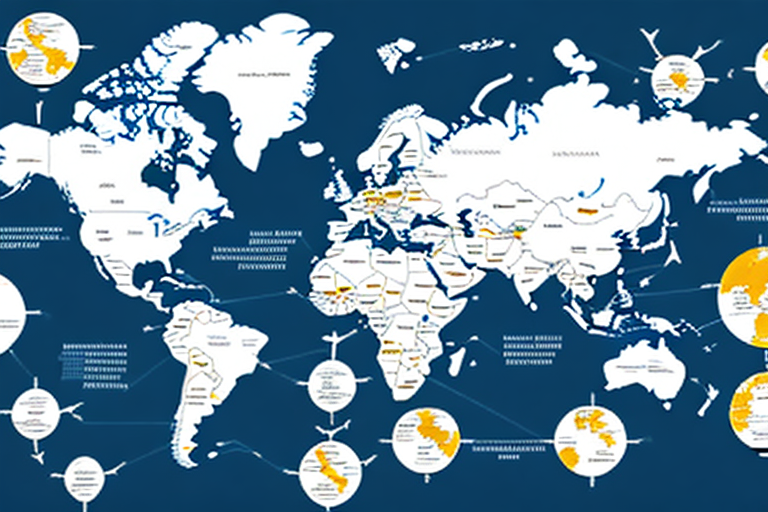A Comprehensive Checklist for Expanding Your Online Business Globally
Expanding your business globally is a significant accomplishment for any entrepreneur. However, it requires meticulous planning and execution to ensure success. In today's interconnected global economy, going global with your online business is increasingly important. If you're considering this step, here's a comprehensive checklist to guide you through the essentials of taking your online business global.
1. Conduct Thorough Market Research
Understanding Your Target Audience
Before expanding internationally, it's crucial to conduct robust market research to understand your target audience in different countries. Consumer behavior, language, currency, and cultural differences can significantly impact how your business is perceived. Adequate research will help you create strategies that resonate with local audiences, ensuring success in new markets.
Analyzing Competitors
Identify potential competitors in your target markets. Analyzing their strengths and weaknesses can provide valuable insights to refine your strategy and differentiate your business.
Regulatory Environment
Understand the local laws and regulations affecting your business operations. Ensuring compliance can help you avoid legal issues that could harm your business.
2. Optimize Your Website for Global Audiences
Website Localization
Localization involves adapting your website to the local language, currency, and culture. This includes using local addresses, phone numbers, and email addresses to show customers that you are present in their region and care about their needs.
Improving SEO for Different Regions
Search Engine Optimization (SEO) is essential for increasing your brand's visibility. Adapt your keyword strategy for each region, use local search engines, and create localized content to improve your search rankings. Stay updated with the latest search engine algorithms and ranking factors to ensure high visibility.
3. Choose the Right Payment Gateway
Supporting Multiple Currencies and Payment Methods
Select a payment gateway that supports multiple currencies and local payment methods. This ensures seamless transactions for customers across different regions.
Compliance with Global Security Standards
Ensure that the payment gateway complies with global security standards to protect your customers' payment information and build trust.
Cost Considerations
Compare fees associated with international transactions, including currency conversion and chargeback fees, to choose a cost-effective option.
4. Develop a Multilingual Customer Support Strategy
Providing Support in Local Languages
Ensure your customer support team is proficient in the local languages of your target markets. This helps build trust and ensures customer satisfaction.
Utilizing Translation Services
Use reliable translation software or services to communicate effectively with customers who speak different languages. Always have a human review automated translations for accuracy.
Offering Self-Service Options
Provide translated FAQs, knowledge base articles, and instructional videos to help customers find answers quickly without needing to contact support.
5. Build Trust with International Customers
Localized Content
Create content that resonates with your target audience by addressing their specific needs and preferences. This can enhance customer loyalty and brand recognition.
Data Privacy and Security
Comply with local data protection regulations to demonstrate your commitment to data privacy and security, thereby bolstering customer trust.
Excellent Customer Service
Be responsive to customer inquiries and provide timely solutions to any issues. Excellent customer service can lead to increased sales and loyalty.
6. Manage Shipping and Logistics Effectively
Partnering with Reputable Logistics Providers
Choose logistics providers experienced in handling international shipments to ensure timely and secure delivery of products.
Understanding Local Customs and Regulations
Stay informed about local customs duties, taxes, and import regulations to avoid delays and additional costs.
Optimizing Shipping Costs
Explore options for cost-effective shipping solutions, such as bulk shipping or using fulfillment centers in target regions.
7. Adapt Your Marketing Strategy to International Markets
Localized Social Media Strategies
Tailor your social media strategies to each region by using local influencers, creating region-specific content, and leveraging local advertising methods to maximize reach and engagement.
Understanding Cultural Differences
Respect and adapt to cultural differences in communication styles, marketing messages, and business practices to build strong relationships in diverse markets.
Utilizing Local Media Channels
Use local media and advertising channels to effectively reach your target audience and achieve specific campaign goals.
8. Legal Considerations for Global Expansion
Local Business Regulations
Be aware of local business laws, including taxation, employment, and trade regulations, to ensure full compliance.
Data Protection Laws
Understand and comply with data protection laws in each target market to protect customer information and avoid legal penalties.
Seeking Legal Expertise
Partner with local legal experts to navigate complex legal landscapes and ensure your business operations are legally sound.
9. Measure and Track Your Global Success
Key Metrics to Monitor
- Website Traffic: Track the number of visitors from different regions.
- Conversion Rate: Measure the percentage of visitors who make a purchase.
- Customer Satisfaction: Use surveys and feedback to gauge customer happiness.
- Customer Retention: Monitor repeat customers and loyalty.
- Revenue Growth: Analyze sales growth across different markets.
Making Data-Driven Decisions
Use the collected data to identify successful strategies and areas needing improvement. This approach enables you to make informed decisions that drive continued growth.
Conclusion
Expanding your online business globally is a significant undertaking that requires strategic planning and execution. By following this comprehensive checklist, you can ensure that you address all essential aspects of global expansion. Focus on understanding your target markets, optimizing your online presence, providing excellent customer support, and complying with local regulations. With the right approach, you can successfully expand your online business globally and achieve long-term success in new markets.






















